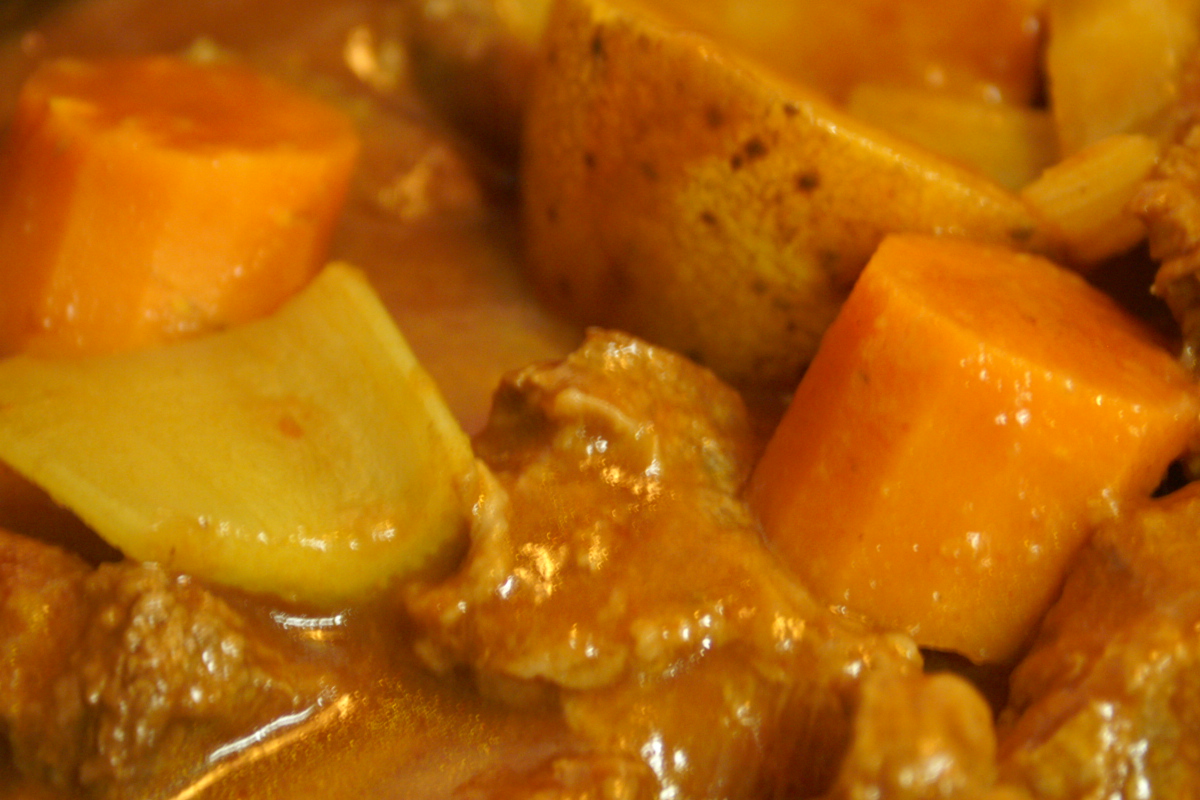My grandmother asked me this weekend to describe a typical day of my internship. This is a nearly impossible task, as I switch rotations often and locations even more frequently.
Today, however, I've excerpted a section from my foodservice management journal that represents a fairly typical day. I was at a long-term care facility for four weeks and one of my assignments was to describe each day's activities, challenges, etc. For this excerpt, I have changed names and certain details to protect privacy.
Day 6: Daily Activities
Caroline (foodservice director and my preceptor) and I
attended the morning meeting, finally. It
happens every morning at 9am, but Caroline had been too busy to attend
last week. Odds and ends today:
- Read through “Food Service Director Responsibilities,” which cover HR, accounting, costing, production, education, communication, operations, purchasing, quality, and programs, and “Dietary Services Standards.”
- Observed Nicholas (dietary aide) and Grace (AM cook) serving brunch.
- Discussed garnishing and portion control with Caroline.
- Updated last month's inventory list in preparation for taking inventory at the end of the month.
- Reviewed QA forms with Sandy, the RD, and scheduled a time to go with her on an inspection (next Friday, hopefully).
- Nailed a poster about Employee Rights to the wall in the chemical room.
Challenges Observed
The
staffing crisis continues: Tara, a cook,
is in the hospital, and Chelsey, a dietary aide, is out
to be with a family member (also an employee here), who is in the hospital as well. Caroline and I will work for Grace the next two
mornings so that she can cover the weekend.
Interactions Had/Observed
As I walked away from
observing brunch, I heard someone say, “Who was
that lady?”
“No idea,” her
companion replied. Some people thought I was from the state, even though I don't have a clipboard. It's
about time I hit the floor and made my presence known! I was cooped
up in the kitchen with catering all last week.
Progress Made
Made
some progress on the in-service insofar as I read through the material with which Caroline furnished me on garnishing and controlling costs, and I pinned down more precisely what Caroline wants from the staff in in terms of garnishes and portion sizes. Observing brunch helped me understand the limitations on staff to garnish plates – Nicholas frequently had nursing assistants and volunteers waiting for him to dish up another plate, for instance. From Sandy, I learned that starches are most frequently over-portioned.
 |
| Spider sauce plating design by thehoneybunny. Takes way too much time and product when you're plating 90 desserts. |
Revelation #6:
The dietary aides do not have the time to make garnishes as elaborate as the ones Caroline showed me.

















